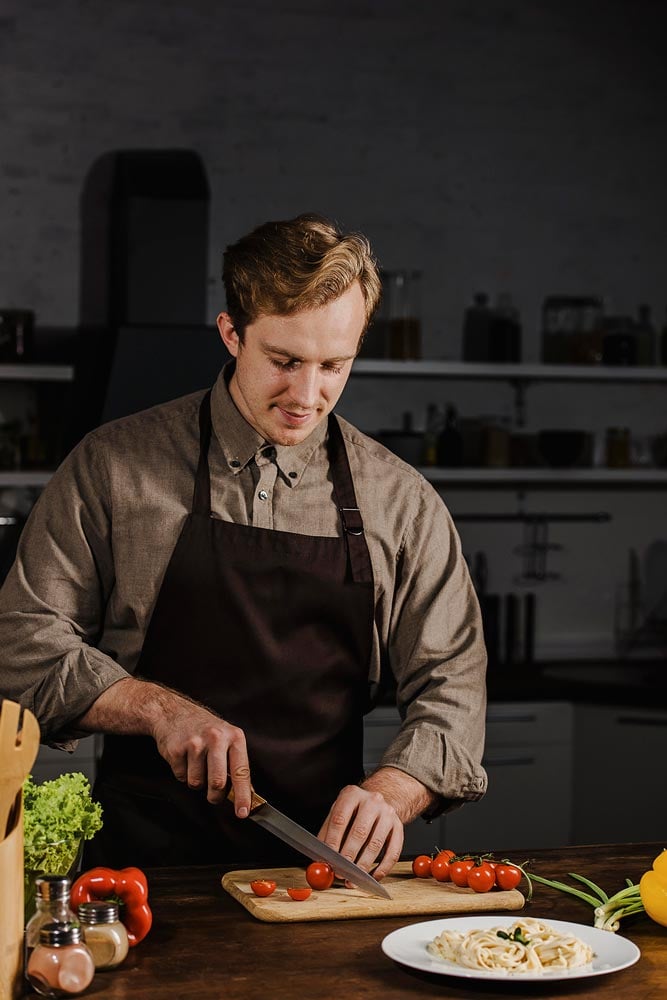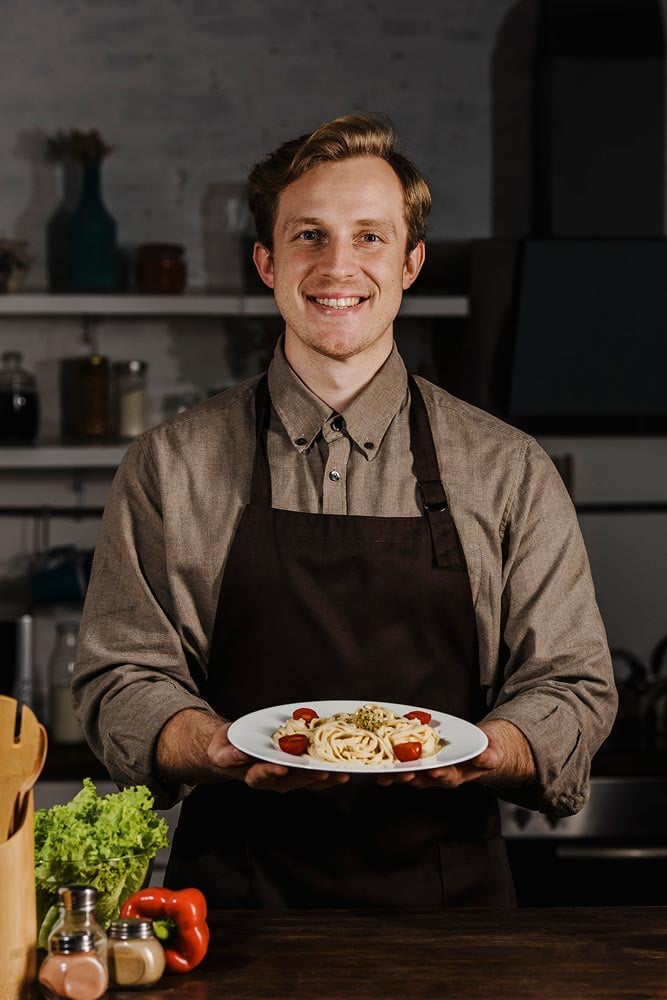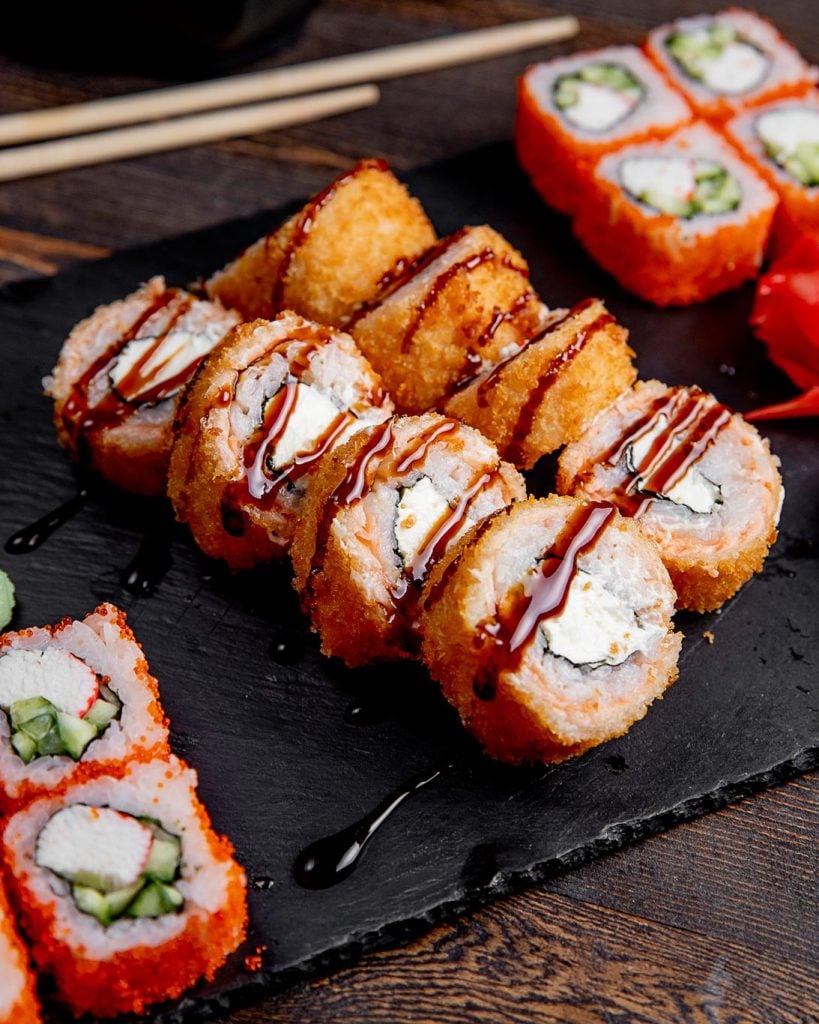Good recipes have visual appeal, are optimized for various dietary needs, and have ingredients that are prioritized for flavor and nutrition. The most important elements of a recipe should have more visual appeal to “naturally attract” a cook’s attention.
Optimization for various dietary preferences and restrictions plays a fundamental role in modern recipe design. Recipes should be genuinely adaptable and not rely on any fixed ingredients. Cooks using substitution options and flexible ingredients will guarantee that a recipe will be suitable for a variety of tastes, needs, and occasions.
Most users search for something delicious (or interesting) and easy to make as soon as some candidates are found, users try. If the new recipe doesn’t meet users’ expectations, the search process is continued.
Food brings people together on many different levels. It’s nourishment of the soul and body; it’s truly love.
Giada De Laurentiis
A good recipe should be easy to follow
Not all recipes are created equal. Some recipes are simple, logical, and easy to use. Others are a messy hodgepodge of steps and ingredients.


Without clear instructions, your cooks can’t figure out how to prepare your dish, follow your techniques, or understand your cooking tips and tricks.
Recipe clarity allows cooks to follow from one step to another without frustration. If you’ve done your job well, cooks leave your recipe with the intention to return and might even share your recipe with others or try more of your recipes.

Bad recipe instructions are an especially common problem. We’ve all struggled to follow disorganized recipes without any logical structure. It feels hopeless.
Using “complex cooking techniques”. Because a recipe generally carries a lot of steps, complex techniques result in low success rates and “frustration” for cooks, especially those who are beginners.
Creating visual rhythms in your recipes
In cooking, rhythm is created by simply repeating steps in predictable patterns. This repetition is a natural thing that occurs everywhere in our world. As people, we are driven every day by predictable, timed events.
One of the best ways to use repetition and rhythm in recipes is in the preparation steps. A consistent, easy-to-follow pattern—in ingredients, steps, etc.—gives cooks an intuitive roadmap to everything you want to share in your recipe.
Rhythm also factors into the layout of recipes. For example, you “might have” breakfast recipes, dessert recipes, and dinner recipes each follow their own certain layout pattern.
Elements that can help recipe visual appeal
Nobody enjoys looking at an ugly recipe page. Garish colors, cluttered images, and distracting fonts can all turn cooks “off” and send them looking “somewhere else”. Basic composition rules to create more effective recipes:
- Direct the Eye With Visual Hierarchy
- Balance Out Your Ingredients
- Use Ingredients That Complement Each Other
- Be clear about your “main flavors” and how to enhance them
The size and position of elements in a recipe will determine its appeal. An unbalanced recipe generates confusion, which may be the goal in many creative projects, but for recipes that demand repeated use, confusion is not a desirable trait.
Diving into recipe presentation
Recipe and Presentation: Two terms that are often used interchangeably, but actually mean very different things. So what exactly is the difference?
Styles come and go. Good taste is a language, not a style.
Massimo Vignelli
Recipe design refers to the term “structure and steps of cooking”, while presentation stands for “final plating and serving”. Both elements are crucial to a dish and work closely together. But despite their relationship, the roles themselves are quite different.
Ensure that ingredients are easy to identify
Good recipe design guides the cook by communicating purpose and priority. For that reason, every part of the recipe should be based on an “informed decision” rather than an arbitrary result of personal taste or the current trend.

Provide distinct styles for ingredient listings, such as bold text for main ingredients, to make them easy to identify. For example, “highlight the main ingredients” in the steps, “emphasize cooking techniques”, and “note any special equipment”.
Breaking down the barriers
Good recipes are not the end-all solution to all of the world’s culinary problems — but with the right thinking and application, they can definitely be a good beginning to start tackling them.















